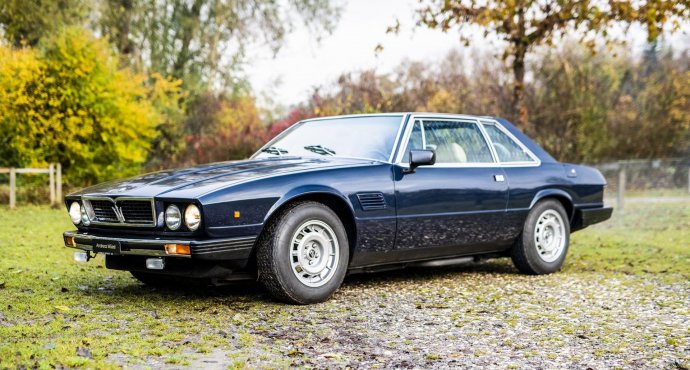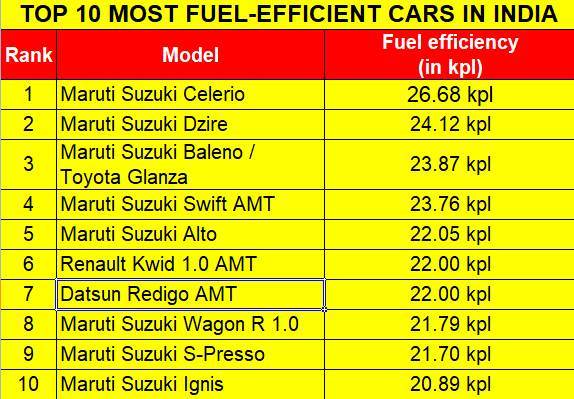Go to Source
Tag: Toyota
Toyota to halt production at 5 factories in January due to supply chain issues
A Toyota Mirai fuel cell vehicle awaits final inspection at a Toyota Motor Corp. factory in Toyota in Aichi Prefecture, Japan, April 11, 2019. Picture taken on April 11, 2019. REUTERS/Joe White TOKYO, Dec 20 (Reuters) – Toyota Motor Corp (7203.T) said on Monday it would suspend production at five domestic factories in January due… Continue reading Toyota to halt production at 5 factories in January due to supply chain issues
5 collector cars to put into your garage this week – Classic Driver
It’s Thursday so we’ve prepared a fresh quintuplet of collector cars for you to daydream about until the weekend. This week’s selection is a real variety show, so be sure to take a look below! De Tomaso’s first Maserati When Alejandro de Tomaso first acquired Maserati, financially the company wasn’t exactly killing it. A flagship… Continue reading 5 collector cars to put into your garage this week – Classic Driver
Mahindra Cero to set up four more scrappage units in Maharashtra
Mahindra Cero, the vehicle scrappage JV (Mahindra MSTC Recycling) of the Mahindra Group, is set to expand its operations. The company has inked an MoU with the government of Maharashtra through the Industries, Energy and Labour Department to set up additional world-class vehicle scrapping centres in Maharashtra. The proposed scrappage centres will have the capacity… Continue reading Mahindra Cero to set up four more scrappage units in Maharashtra
We plan to reduce green hydrogen cost to $1 per kg by 2025 in India: Ahmad Chatila
New Delhi:Green hydrogen will become competitive in serving as an alternate fuel to diesel in trucks by 2022, Ahmad Chatila, Chairman of US-based hydrogen electrolyser start-up, Ohmium, tells ETEnergyWorld in an exclusive interview. The company came into the spotlight this year after it launched India’s first green hydrogen electrolyser gigafactory at Bengaluru. He tells us… Continue reading We plan to reduce green hydrogen cost to $1 per kg by 2025 in India: Ahmad Chatila
Green hydrogen fuel from waste water is technology of future, says Gadkari
Hydrogen Fuel Nagpur: The ministry of road transport and highways (Morth) plans to lay a network of green highways stretching to 12,000 kms in the next three to four years in India. Under Union transport minister Nitin Gadkari, Morth launched the ‘Green Highways (Plantation, Transplantation, Beautification and Maintenance) Policy, 2015’ which promotes greening of highway… Continue reading Green hydrogen fuel from waste water is technology of future, says Gadkari
Biden electric vehicle push hits setback in U.S Senate
U.S. President Joe Biden visits the production line for the Hummer EV as he tours the General Motors ‘Factory ZERO’ electric vehicle assembly plant, next to UAW President Ray Curry and General Motors CEO Mary Barra, in Detroit, Michigan, U.S. November 17, 2021. REUTERS/Jonathan Ernst/File Photo Register now for FREE unlimited access to Reuters.com Register… Continue reading Biden electric vehicle push hits setback in U.S Senate
Porsche showcases new 2023 racer for Le Mans 24 Hours return
Porsche has given a first glimpse at its new endurance racing prototype that will compete for victory in the 2023 Le Mans 24 Hours. The German manufacturer will return to top-flight endurance racing for 2023 with a new machine built to the cost-controlled LMDh regulations. Porsche will begin an extensive test programme with the car… Continue reading Porsche showcases new 2023 racer for Le Mans 24 Hours return
Japan’s top business lobbyist backs Myanmar coup, urges investment
A Japanese former politician who campaigned to bring billions of dollars of investment from some of Japan’s top companies to Myanmar has urged Japan to endorse its military regime, saying the nation’s coup leader has “grown fantastically as a human being,” while praising his “democratisation efforts.” The 87-year-old former cabinet minister, Hideo Watanabe, is also pursuing a $42-million shopping… Continue reading Japan’s top business lobbyist backs Myanmar coup, urges investment
Top 10 fuel-efficient petrol cars in India
While car owners in India have seen some respite in petrol rates – with the November 4 excise duty cut by the Centre and some states and prices remaining stable – a price hike in the future cannot be ruled out. So, having a fuel-efficient car can help you save that little bit more on… Continue reading Top 10 fuel-efficient petrol cars in India

